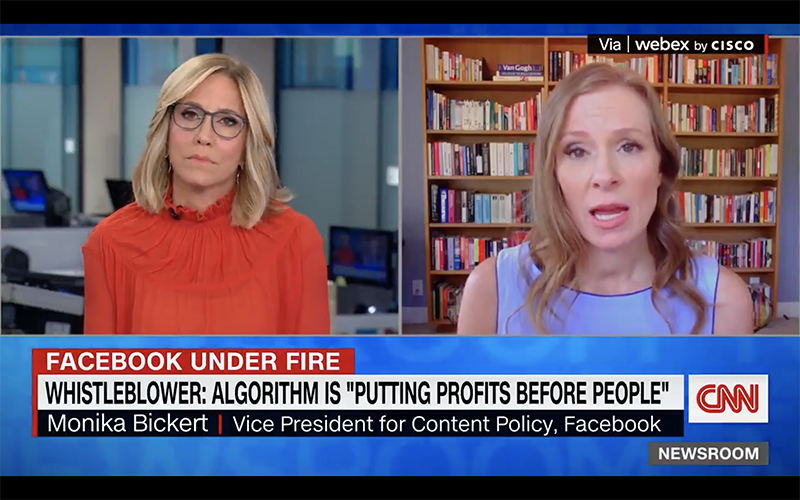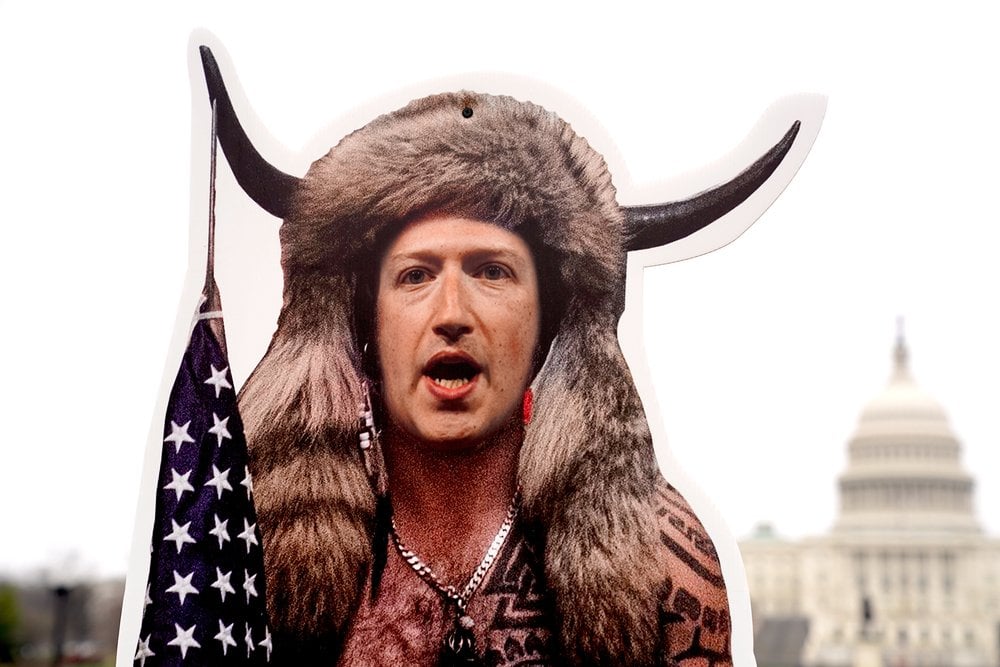
Just as the first polling places began to open in America last Tuesday, Indian Prime Minister Narendra Modi interrupted most evening programming across India with dramatic news: In just three hours, the Indian government would bar the use of existing 500 and 1,000 rupee bills. Over the next month and a half, 85% of India’s paper currency would need to be brought to a bank or post office and exchanged for newly minted 500 and 2,000 rupee notes.
The massive and sudden demonetization effort seeks to root out untaxed Indian “black money” – large quantities of rupees that wealthy Indians and ex-pats keep in hard cash to avoid reporting taxable income. Much of this “black money” comes from bureaucratic corruption, black market transactions, and international tax haven schemes. Now, demonetization means that most of that currency will need to be exchanged through Indian banks, forcing the cash out of safety deposit boxes and onto government tax ledgers.
Initially, the move was met with nationwide popular support: curbing corruption and stopping tax evasion were two rallying points that had helped Modi secure a nationwide victory two years ago; his supporters were happy to see swift, decisive action. Alongside the excitement, though, was a good deal of confusion. The exchange process involves a complicated schedule of limits and deposit caps: cash exchanges were first limited to 4,000 rupees a day, but that limit will rise by the end of December. In addition, separate limits and schedules were placed on money that could be deposited into checking accounts and savings accounts.
As an American student studying in India, I was less than assured. To avoid foreign transaction fees on my debit card, I have been living almost entirely on cash over the course of the semester, taking out the maximum withdrawal limit from ATMs every two weeks or so. The demonetization meant that the 10,000 rupees (~$150 USD) I had just taken from an ATM earlier in the day would now need to be exchanged over the course of several days, limited to 4,000 rupees at a time. Still, mine was an inconvenience. For most Indians, the news was a sign of clear, positive change.
But now, many days after the currency announcement, with lines still wrapping around banks and many ATMs remaining closed, the realities of Modi’s currency change have soured public opinion.
Here in Pune, a mid-size but growing city in the western Indian state of Maharashtra, the announcement at first spurred amused confusion in the late hours of last Tuesday night. In wealthier neighborhoods, locals loaded their Starbucks cards with thousands of rupees, trying to get rid of their 500 and 1,000 rupee notes before the midnight deadline made them useless. Others, less confident, flocked to ATMs, wary of potential cash shortages in the coming days.
I, meanwhile, made do with the smaller cash notes I had in my pocket throughout the twenty-four hours period of ATM and bank closures following Modi’s announcement. Content with an inexpensive lunch, and distracted by the American election results, I didn’t pay the currency shift much mind. By Thursday, however, the situation had become harder to ignore. Banks across the city opened to huge lines as residents waited to exchange old 500 and 1,000 bills into lower denominations. Many waited in line for hours, only to find that their local branch had run out of exchangeable currency.
Worse still, most ATMs remained closed on Friday, despite government assurances that the machines would be out of commission for just two days to facilitate alterations for the new currency. The lines and ATM closures lasted through Saturday, and by Sunday most morning newspapers had adopted a decidedly negative tone: three people had already died from exhaustion while waiting in lines across the country, and small businesses were suffering as their normal customer base was left without surplus cash. The nationally popular English-language daily, The Indian Express, ran a front page story about a family in Jaipur whose newborn son had died after ambulances refused to accept their 500 and 1,000 rupee notes.
Now, well more than a week after the announcement, the lines have decreased only marginally. Even those lucky enough to exchange their old bills for new ones are not necessarily in better shape. The retired couple that my roommate and I live with here in Pune were excited to finally get their hands on India’s new 2,000 rupee note, but were less than enthused when they went to use it in stores: due to shortages, no outlet had enough change to make the 2,000 rupee note usable for small purchases.
Modi and his ministers have done little to calm growing uneasiness. During a visit to Japan last weekend, Modi urged Indians to rally together during the currency crunch in the same way the Japanese came together after the 2011 earthquake and tsunami. He also suggested that further measures would be taken in the new year to combat black money and corruption. Meanwhile, the Indian National Congress, parliamentary opponent of Modi’s BJP government, has placed more and more pressure on the PM to address the unraveling currency situation around the country.
As the days turn to weeks, melodramatic headlines across the country warn of an ever-rising economic toll. Most ATMs, if they’re open, are sucked dry in just a few hours. Lines still spill out of bank lobbies and onto the sidewalk, and the broad base of popular support that PM Modi has relied on for two years has perhaps started to show the first real signs of cracking.
India Tackles Corruption with Currency Chaos
Indian Prime Minister Narendra Modi interrupted most evening news in his country last Tuesday to announce that in just three hours, the Indian government would bar the use of 85% of its existing currency. This dramatic announcement comes as India seeks to root out untaxed “black money."















